Ranking top 8 international teams based on their bench strength
Here are top eight international teams and how their bench strength stands.
11 Min Read


Indian Cricket Team. (Photo by ISHARA S. KODIKARA/AFP via Getty Images)
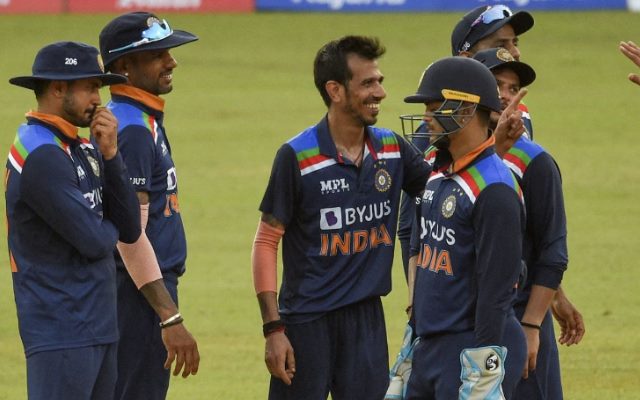
With modern-day cricket getting competitive day by day and especially due to the outbreak of coronavirus, each team will have to utilize more players than ever at the international level. This is a great opportunity for youngsters to express themselves and make a name for themselves at the international level.
As recently as a decade ago, teams didn’t fiddle around much with their core group of 11-15 players unless a player is absolutely out of form. Also, the matches have increased considerably which has a direct impact to player fatigue. Then, the science of managing your best players and giving youngsters a chance becomes extremely crucial.
Such player variations also mean that the bench strength highlights the true strength of the team. The bench strength must be match ready day in and day out.
Here are top eight international teams and how their bench strength stands:
8. Sri Lanka

Sri Lanka cricket is probably going through its darkest phase ever. Once, Sri Lanka was the dark horse of every ICC event, you don’t expect them to reach the knockout stages but they eventually do. Now, they will be playing ICC T20 WC Qualifiers in Oman, such has been the drastic dip.
The transition phase was a bit difficult when the likes of Kumar Sangakkara, Mahela Jayawardene and Tilakaratne Dilshan retired in two years. The batting was in chaos as apart from Angelo Matthews, no one was a quality batsman. But then the youngsters stepped up and everything was about to be fine when the contract issue erupted. The SL Cricket Board cut fees for the 24 national players by up to 40% in the new performance-based deals, which the players had long resisted.
Seniors players like Angelo Matthews, Dinesh Chandimal and Dimuth Karunaratne opposed this and even gave an ultimatum to the board but nothing worked. They eventually didn’t sign the contract. Also, irresponsible behaviour by players like Kusal Perera, Danushka Gunathilaka, and Niroshan Dickwella leading to a one-year suspension due to a bio-bubble breach in England doesn’t help the cause one bit. Recently, Sri Lanka won the T20 series vs India which should give immense confidence to the new group under the captaincy of a young and calm player, Dasun Shanaka.
7. South Africa
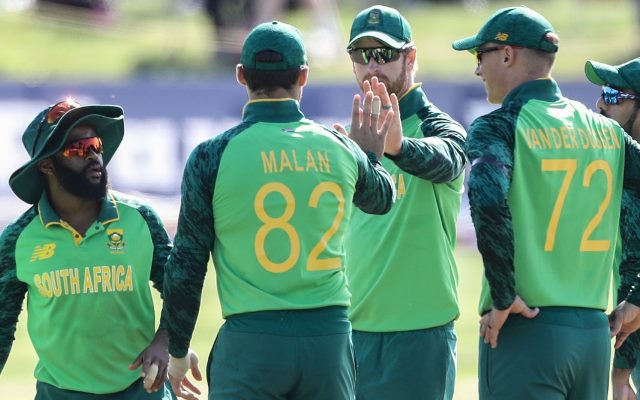
A surprise, isn’t it? South Africa was a team that was invincible at home and used to beat the strongest teams at home easily. The journey for the Proteas has been no less painful than a heartbreak, which they are used to in the knockout stages of ICC tournaments.
They were blessed with some of the best all-rounders in the history of cricket like Jacques Kallis, Shaun Pollock and Lance Klusner. But now, they lack a quality all-rounder who can perform consistently anywhere in the world. Earlier blessed with a fantastic batting order with the likes of AB de Villiers, Hashim Amla, Faf du Plessis, JP Duminy, no young batsman apart from Quinton de Kock has stepped up and grabbed the opportunity.
The recently adopted quota system is also to be blamed. Currently, CSA expects the national cricket side to have a quota of players of colour (POCs) in each match. The current quota (applicable to the season rather than each match) is that the Proteas must play six POCs, three of whom must be black (this, recently increased from two). The only silver lining in recent times has been the bowling attack currently led by Kagiso Rabada. The Proteas would be hoping a greater number of young batsmen abd all-rounders step up to the task and give their all to play well for their country.
6. West Indies
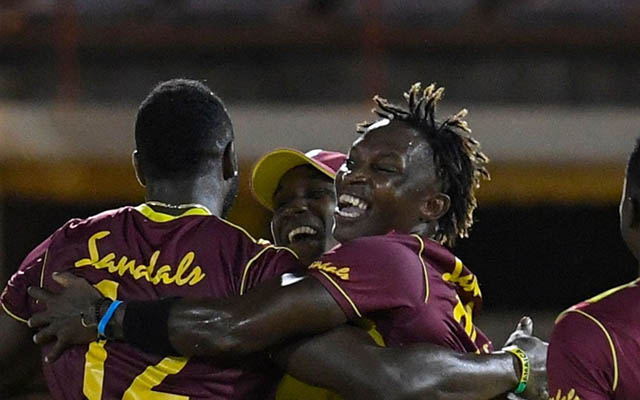
A team that dominated world cricket for almost two decades (from the early 1970s to the late 1980s), the boys from the Caribbean instilled fear in the eyes of the opposition through their game as well as their physical appearance.
They lack a core group of players who can play and perform consistently in all formats. Jason Holder is probably the only player who does so. They also lack depth in test batsmen who can wear out the opposition and can play patiently. Though West Indies has lost their dominance, they have some of the best T20 players in the world. They are blessed with a plethora of fast bowling all-rounders who can smash huge sixes.
Ever wondered why the two-time WC-winning captain Daren Sammy was sacked from the squad? It’s because he publicly criticized the West Indies Cricket Board for lack of adequate pay to its cricketers. This is the reason many top players didn’t renew their contract post the 2016 WC. As a result, many players were exposed to international cricket too quickly. However, the West Indies team is in full strength and will be eager to defend their title. If there are healthy relations between the board and the players, expect the Caribbean boys to be a dominant force in ODI cricket soon.
5. Pakistan
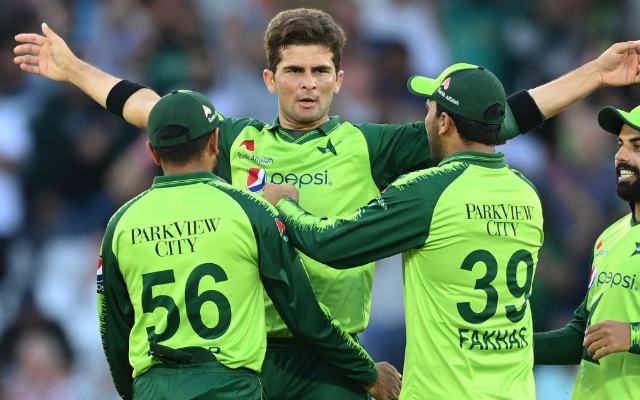
Probably the best fast bowling-producing country in the world, Pakistan was a force to reckon with in the early nineties. Players like Imran Khan, Wasim Akram, Waqar Younis and Shoaib Akhtar paved the way for many youngsters to go out there and bowl fast.
However, numerous controversies have damaged the reputation and goodwill of the PCB. After the 2009 terrorist attack on Sri Lankan players, cricket in Pakistan took a massive hit as no one was ready to play with Pakistan, let alone come to play in Pakistan. This affected the revenue of the PCB and in turn affected domestic cricket as well.
Gradually, post PSL, foreigners seemed stress-free playing with Pakistan cricketers. Youngsters were provided a platform to challenge some of the top international players in the world. Finally, a time has come when teams don’t mind playing in Pakistan. The current captain, Babar Azam and wicketkeeper, Mohammad Rizwan, Shaheen Afridi, Shadab Khan are some of the world-class players Pakistan has got courtesy to PSL. If the players and board manage to keep themselves out of controversy and focus on playing good cricket, we might get to see the resurgence of Pakistan cricket very soon.
4. Australia

Australia is the team which most of us have seen dominating oppositions and winning international matches as comfortably as playing against a club. So, seeing them struggling, post the series versus West Indies and the recent horrendous performance versus Bangladesh is extremely shocking.
With both captains, Aaron Finch (limited-overs) and Tim Paine (Tests) over 34 years of age, the reins must be handed soon to someone else. Also, the workload of their three top pacers – Mitchell Starc, Pat Cummins and Josh Hazlewood needs to be managed.
Since the commencement of the BBL, players do have a platform to express themselves against some quality players. However, as the BBL isn’t privatized, the inflow of money is quite less. On top of it, the Australian international players are on national duty during the BBL which doesn’t help the cause at all. The best players in the country need to be playing the BBL. These are some of the strategic decisions Cricket Australia needs to look at. With exciting youngsters like Josh Philippe, Wes Agar, Marcus Harris and Jhye Richardson, Australian cricket looks in safe hands with a nudge from the board policies in the right direction.
3. New Zealand

A country with a population of just below 50 Lakh, yet is currently the best team in the world as per rankings, New Zealand cricket is a success story in itself. This is a team that never looks as strong on paper as some of the marquee teams yet manage to topple them quite often.
The credit goes to the vision of their incredible captains at different times like Martin Crowe, Stephen Fleming, Brendon McCullum and currently, Kane Williamson. A country that isn’t as mad for cricket as some of the other playing nations, yet manages to come through the ranks shows the solidarity and toughness in domestic cricket. Devon Conway is a prime example of it. Due to eternally swinging conditions in New Zealand, batsmen are better equipped to counter fast bowling. Also, the fast bowlers bowl to their strength and let conditions to the rest.
The Kiwis are blessed with quality fast bowlers like Tim Southee, Trent Boult, Kyle Jamieson and great batsmen like Kane Williamson, Ross Taylor and Tom Latham. The one thing that lacks depth is a batsman who can tonk the ball consistently and quality spinners in the bowling lineup. There have been none post-Martin Guptill and Daniel Vettori, respectively. If these small holes are filled, there is no reason why the two-time runners-up can’t end up winning the next World Cup.
2. England
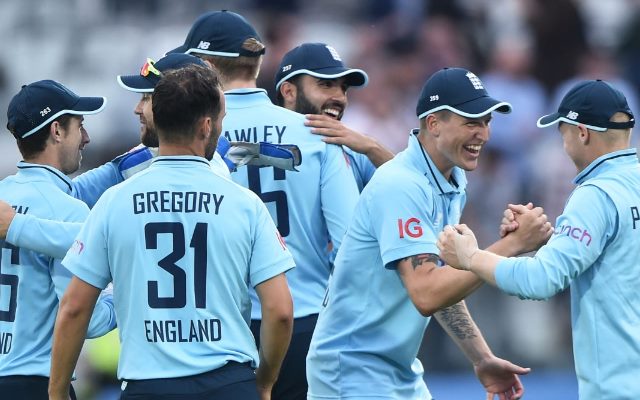
With captain Eoin Morgan changing the culture completely and letting his boys attack from ball one with bat and ball in all conditions against any opposition is an absolute treat to watch. In the strongest England XI, four players out of the top six have a strike rate of over 100 and an average of over 40. This change in approach to limited-overs has been their key to success.
They have one of the best backups in batting as the biggest strength of English batsmen is that most of them can play at any number in any situation as per the team. A player like Alex Hales isn’t getting any chances in the national colours for three years, such is the competition. The best part about the strongest England squad is that most of the players are below 31 years old, which means a good 4-5 years of international cricket is left in them.
The biggest testimony of England’s bench strength was them outplaying a fully equipped Pakistan squad and winning the ODI series 3-0. With young bowlers like Saqib Mahmood, Matthew Parkinson, Craig Overton and batsmen like Phil Salt, Tom Banton as their B squad, the transition phase will be smoother than it has ever happened in English cricket. Just like their rivals Australia, the only weak spot in England’s bench is a quality spin bowling all-rounder. If they find someone who can come in and do the job for England at No. 7 or No. 8, then don’t be surprised if England manages to win the T20 World Cup as well as the ODI World Cup.
1. India
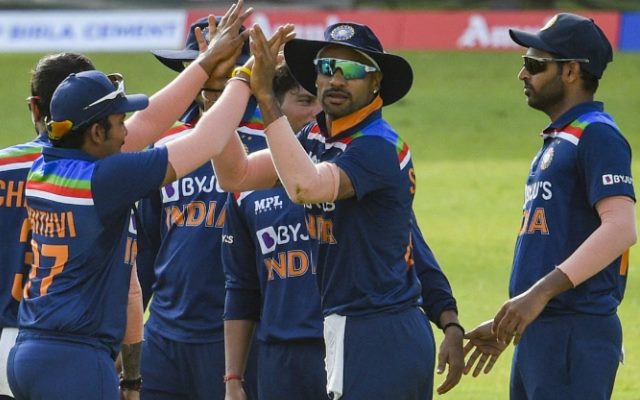
India has always been blessed with the best batsmen of their respective generations – Sunil Gavaskar, Sachin Tendulkar and the current Indian captain Virat Kohli. Currently, India is a team that looks the strongest on paper, bashes teams during bilateral series and league stages of ICC tournaments but somehow stumbles under pressure during knockout stages.
With the advent of the cash-rich IPL where Indian players get to play with and against the best international players, the dynamics of Indian cricket have elevated massively. Domestic players don’t have to worry about finances anymore and get to better their game by sharing the dressing room with some of the best players in the world. Most importantly, each game in a competitive tournament like the IPL is a pressure game, which equips players to handle pressure in a better way.
With backup batting options like Suryamkumar Yadav, Prithvi Shaw, Sanju Samson and Ishan Kishan and backup bowling options like Rahul Chahar, Deepak Chahar, Varun Chakravarthy and T Natarajan, the transition phase won’t be the least of the issues for Indian cricket. If 2-3 young fast bowling all-rounders rise through the ranks quickly, make no mistake, India will dominate world cricket in all formats quite easily.
Download Our App